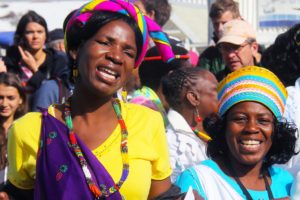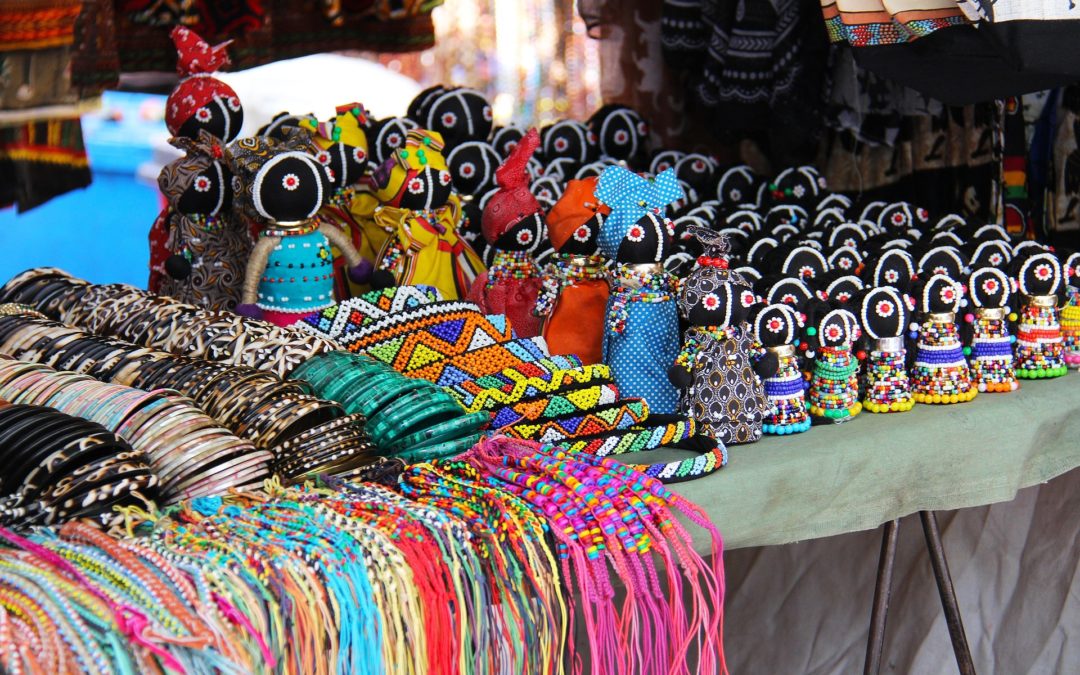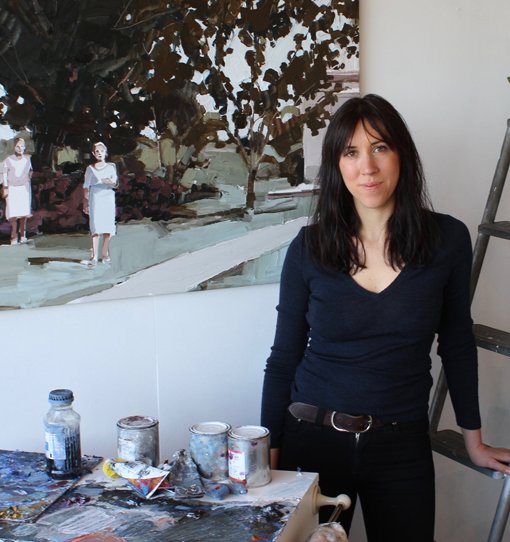A country is only as good as its culture. It is a definitive timeline of their progression as a people. Their hardships, achievements and their story in a timeline. These have been passed down from parent to child for years. their way of life, norms, behaviours. Their art and cuisine among others. It is shared and celebrated by the community. Their songs and dances sometimes un-recorded but definitely documented. Their everyday way of life unfolds. The things that can be seen in their culture is very vibrant and memorable. They have a dance for everything. They dance for a good harvest, in asking for rain, for celebrating weddings, in mourning of the dead.
The art of South Africa is very colourful. It is among the very striking things you take with you when you see it. Hardly does anyone feel nothing about it. They’re big, bold and very striking. The flavours translate the same way. From the quintessential Potjiekos to the tasty Biltong that is now available in Sydney. But some of these delectable fares can be pretty tame unlike the art of South Africa.

It can be very visual, from cave paintings to the beading that the men and women wear. It is everywhere. Their paintings, clothes, accessories even potteries are very visually striking. Most people would love to have a few pieces, a scarf or tie, for those days when they want to be noticed. Or when they are feeling a little bold. Vibrant reds and distinct yellows, greens and blues blended in abandon. It shouldn’t look good but it so often does.
The psychology of colours suggest that these warm, inviting colours is a form of visual communication. Of mood and contrasts. South Africa reflects those colours. The heat of the sun, green trees, the wild life all around. These are part of the inspiration. An integral part of the telling of their art. It is their life, their art, their souls in visual form.







